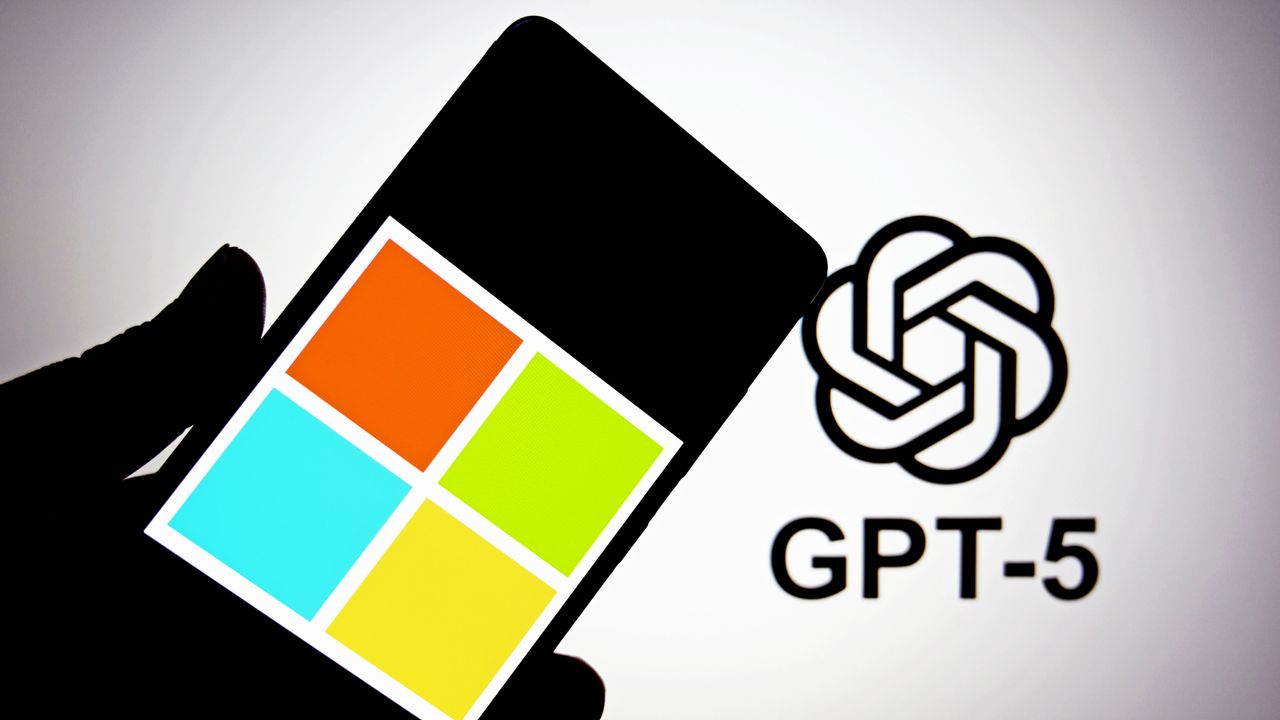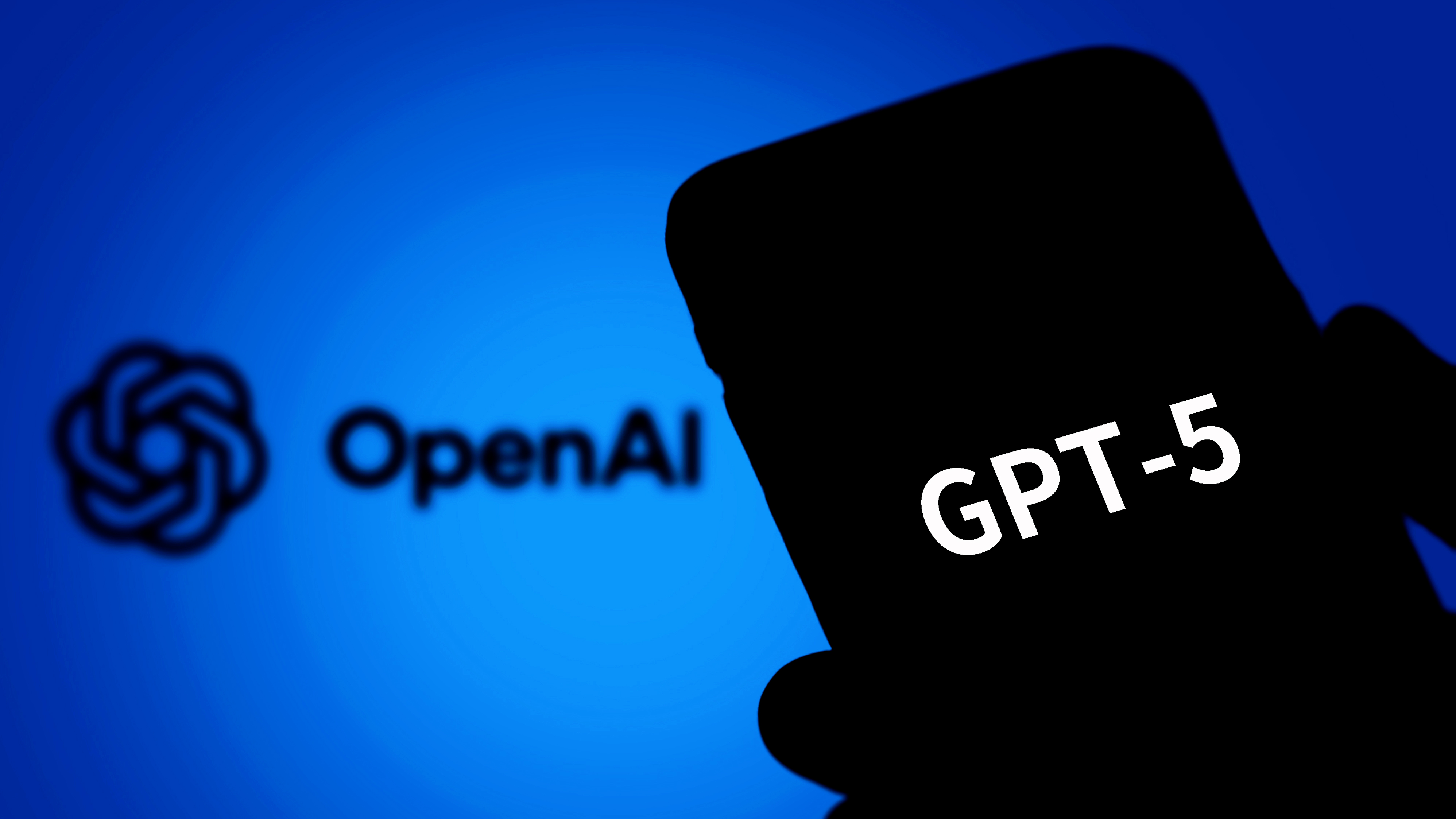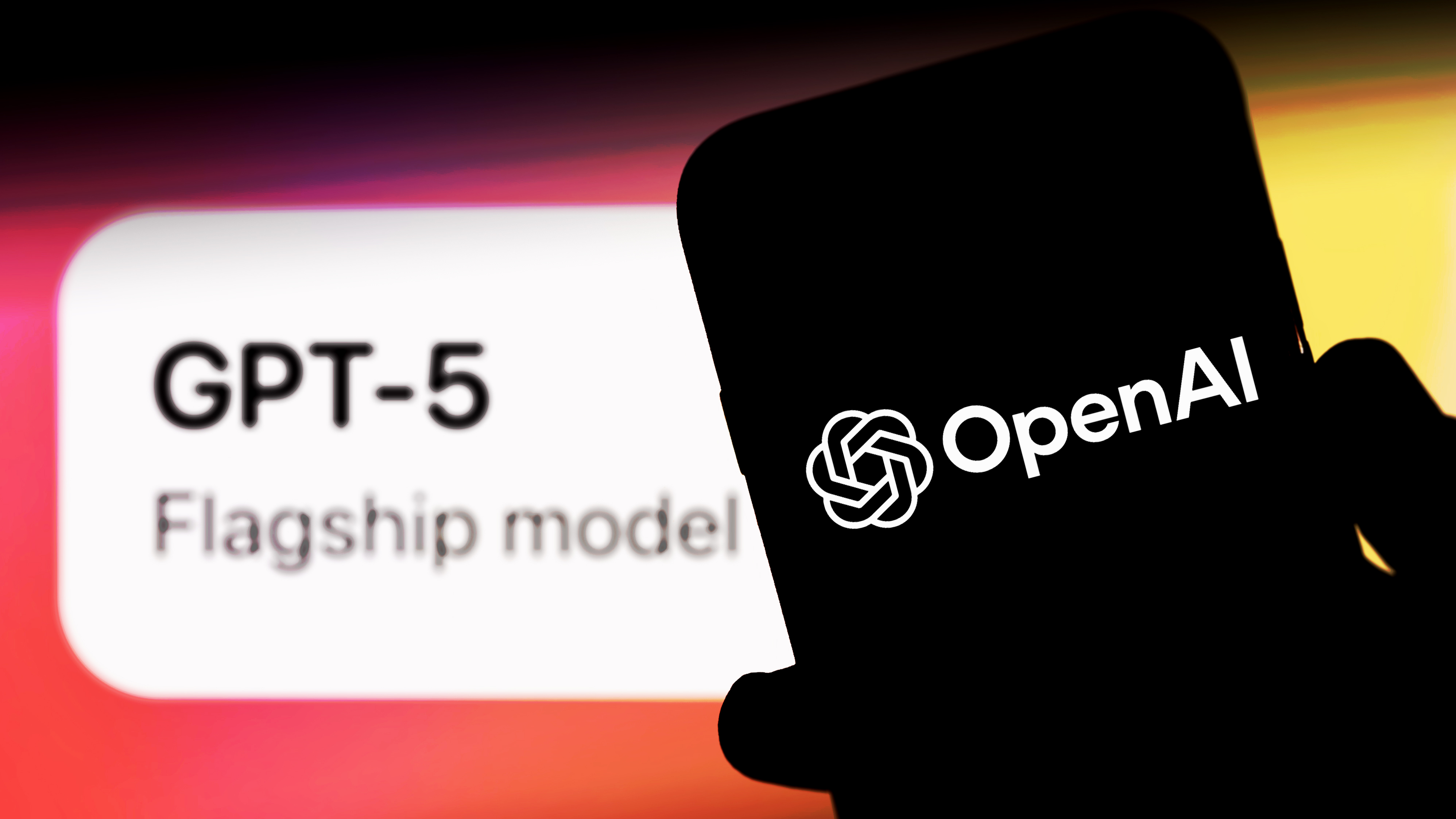
ChatGPT can now connect to some of the most popular productivity services from Google, Microsoft, and other tech giants.
When OpenAI unveiled GPT-5 during a live stream, the company focused on integration between the model and Gmail and Google Calendar. When connected to your Google accounts, GPT-5 can bring in relevant information from emails and events to help plan your day.
But those integrations are only some of the options that ship with GPT-5. You can also connect ChatGPT to Microsoft Teams, GitHub, and several other services.
OpenAI listed all of the new Connectors that are part of GPT-5.
The services you can connect depend on the subscription you have:
- ChatGPT Plus users can connect to Box, Canva, Dropbox, HubSpot, Notion, Microsoft SharePoint, and Microsoft Teams
- ChatGPT Pro users can connect to Microsoft Teams and Github
There are some limits on which users can use Connectors, even when using ChatGPT with a paid subscription. ChatGPT Plus and ChatGPT Pro users in the EEA, Switzerland, and the UK cannot use Connectors.
Connectors started rolling out in beta on August 11. Eligible accounts should have access to them now or in the coming days, according to OpenAI.
You can enable Connectors through Settings > Connectors > Connect in the ChatGPT app.
What is GPT-5?

GPT-5 is the latest AI model from OpenAI. Ahead of its launch, OpenAI CEO Sam Altman called GPT-5 "the smartest model ever."
The launch video for GPT-5 compared the new model to having a team of PhD-level experts in your pocket.
GPT-5 does rank well in benchmarks and is more capable than previous models from OpenAI and competing models from other companies in several areas. But the model has been criticized by many as being colder and less personable.
Users have also run into bugs, glitches, and other issues when using GPT-5. One of the more irritating behaviors is that the model seems to forget things, even when those reminders were said repeatedly in a single conversation.
The release of GPT-5 has caused some rifts in the AI community. Some have taken to Reddit to mourn the loss of their "best friend" or "soul companion." Others believe the release of GPT-5 and brief deprecation of GPT-4o has shown how many people have unhealthy parasocial relationships with AI tools.
Interestingly, the common ground between those two camps appears to be that GPT-5 is worse at certain tasks. Several users believe GPT-5 is worse at creative work.
Based on my experience with GPT-5 and GPT-4o, I'd say the complaints are valid. The newer model has struggled to follow my instructions, is not as natural at shifting its tone or focus, and often forgets things I mentioned only a few messages earlier.
OpenAI can tweak GPT-5 without having to release an entirely new model, so there's a good chance the tool will improve in the future for those who lean on it for creative tasks.
Many of the complaints about GPT-5 center around creative work or the tool feeling natural to use. The model performs well on several benchmarks, as explained by Vellum.
I believe what we may be seeing is a growing chasm between user bases. Those who use GPT-5 for coding or work seem to like the new model, at least anecdotally.
GPT-5 is still being adjusted at a rapid rate, so we'll need more time to fully judge the model's capabilities.
GPT-5 update

GPT-5 only launched last week, but it has already received several significant updates.
Users can now choose between “Auto”, “Fast”, and “Thinking” when using GPT-5. This change addresses one of the biggest concerns flagged up by ChatGPT users since the release of GPT-5.
There are four variations of the GPT-5 model: gpt-5, gpt-5-mini, gpt-5-nano, and gpt-5-chat. At launch, GPT-5 would pick the appropriate variant based on your query.
For example, the tool would use a more power-efficient model to answer a simple question and call upon more resources for complex tasks.
That automatic routing has drawn criticism, since responses from GPT-5 are often shorter than what GPT-4o would have generated when answering similar questions.
OpenAI notes that most users will still want GPT-5 set to auto, but people have been given the option to choose their preferred mode.
OpenAI has also raised usage limits for ChatGPT Plus subscribers. Those users now get 3,000 messages per week with GPT-5 Thinking and "extra capacity" on GPT-Thinking mini after hitting the cap.
Paid users can also choose between several models, including legacy tools. After ChatGPT users complained about OpenAI deprecating older models, the company brought back GPT-4o.
But using that tool now requires a paid subscription, at least within ChatGPT. You can use GPT-5 for free through Microsoft Copilot.







